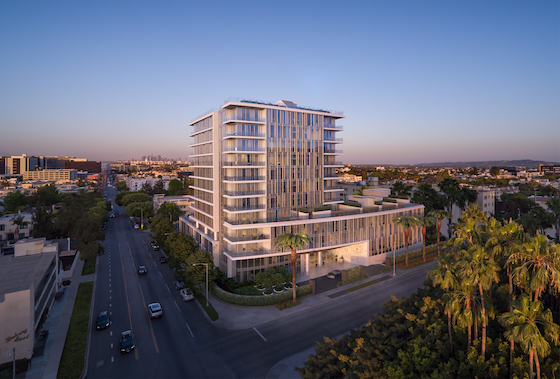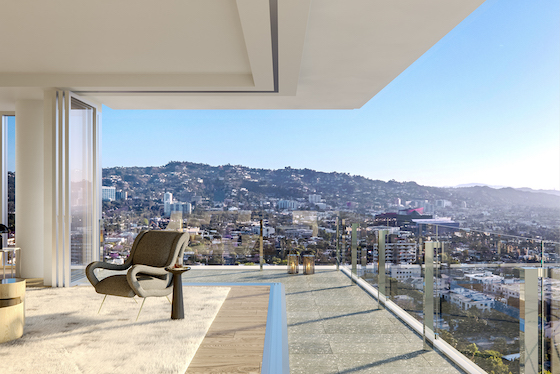Four Seasons Hotels and Resorts has been in the branded residential business since 1985, but this year, it is introducing its first standalone residential projects, in London and Los Angeles.
Toronto-based Four Seasons has amped up its development goals in recent years, and residential is a key component of its growth strategy for hotel development, particularly in Europe, said Paul White, president of residential. “It’s a leading and growing part of our business, and it’s undergirding our ability to grow our hotel portfolio.”

But, he added, “we want to use it very, selectively in the world’s highest-profile markets, where the market demand characteristics for real estate prove out the highest prices and the best opportunity for people to live the brand in an elevated way compared to the best of the market.”

Four Seasons has a pipeline of more than 50 hotels and resorts at various stages of planning and development, with 80% including a residential component. It manages all its residences, totaling 41 properties (3,800 units) in 19 countries. Over the next five years, the residential portfolio is expected to double, White said.
Its first two forays into standalone properties debut this year, with Twenty Grosvenor Square in London and another property in Los Angeles. Two more such properties are being developed in Marrakech, Morocco, and San Francisco.
Global market
Pasadena, California-based Genton Property Group is developing the Los Angeles property, adjacent to the Four Seasons Los Angeles at Beverly Hills, a 12-story, 59-unit building – including a 12,000-square-foot penthouse whose asking price is rumored to be US$50 million, according to the Robb Report. The building is set for completion this fall. With most of the units selling for US$4 million to US$18 million, it’s playing to company founder Jonathan Genton’s bet that “L.A. as a global market was coming into its own.”
Four Seasons is catering to these global buyers, who buy based on the plan and not a walk-through of a finished residence, with attention to detail, material, and technology. “I have buyers who are Four Seasons collectors,” Genton said. “They collect residences in Four Seasons.”
Buyers seem to have one thing in common, White said: “They have an association with our brand already. They have been what I affectionately refer to dating us for years by experiencing our hotels… When they go from dating us to marrying us and actually living the brand, we have to be as good – and in some cases, better – because we’re going to see that person day in and day out.”
That informs the quality. “You can’t take an average architecture or average design or average service offering and expect that putting a brand on it is going to … enable you to generate premiums.” It also depends on the market and White’s equation for success: “Market demand characteristics plus product differentiation gives you pricing power.”
This is Genton’s first branded residential project, although he is pursuing others in locations he declines to name.
What’s different about it? “Everything. Just everything,” he said. “While it’s a building, it’s in a built environment. What Four Seasons brings to it is how that environment is activated and serviced and curated. It’s really a curation.”
So the experience of entering the building, whether through the front door or privately through a valet or the garage, is carefully presented. “That sense of, when you step out of your car, how does that feel? What are you walking on? How does it sound? Who’s holding the door open for you?,” Genton said. “At the same time that service should be somewhat invisible. How they do it, and their design requirements and the technology requirements to accomplish that, are very different than you would see in what I would (call) a market building.”
Another part of the equation is continued innovation in service and amenities for a demanding audience, said White, who adds that development partners are striving to sell out their projects “before the sky falls again.”
Having been through the 2008 recession, “one of the lessons I learned – until you live (through) it you don’t really understand the value of a brand like Four Seasons.” While the luxury market reacts first, White said in his experience, “it also responds quickest.”
